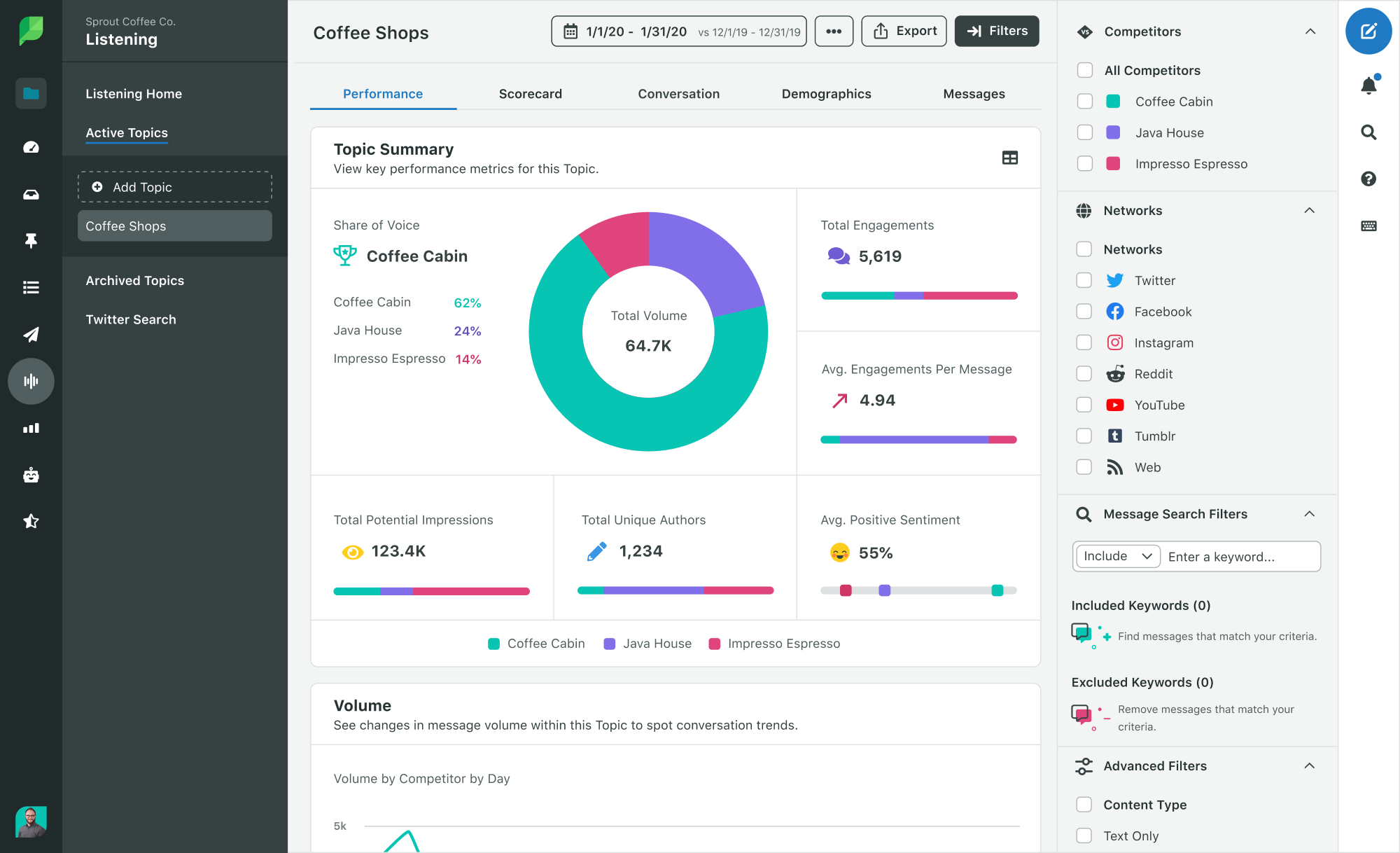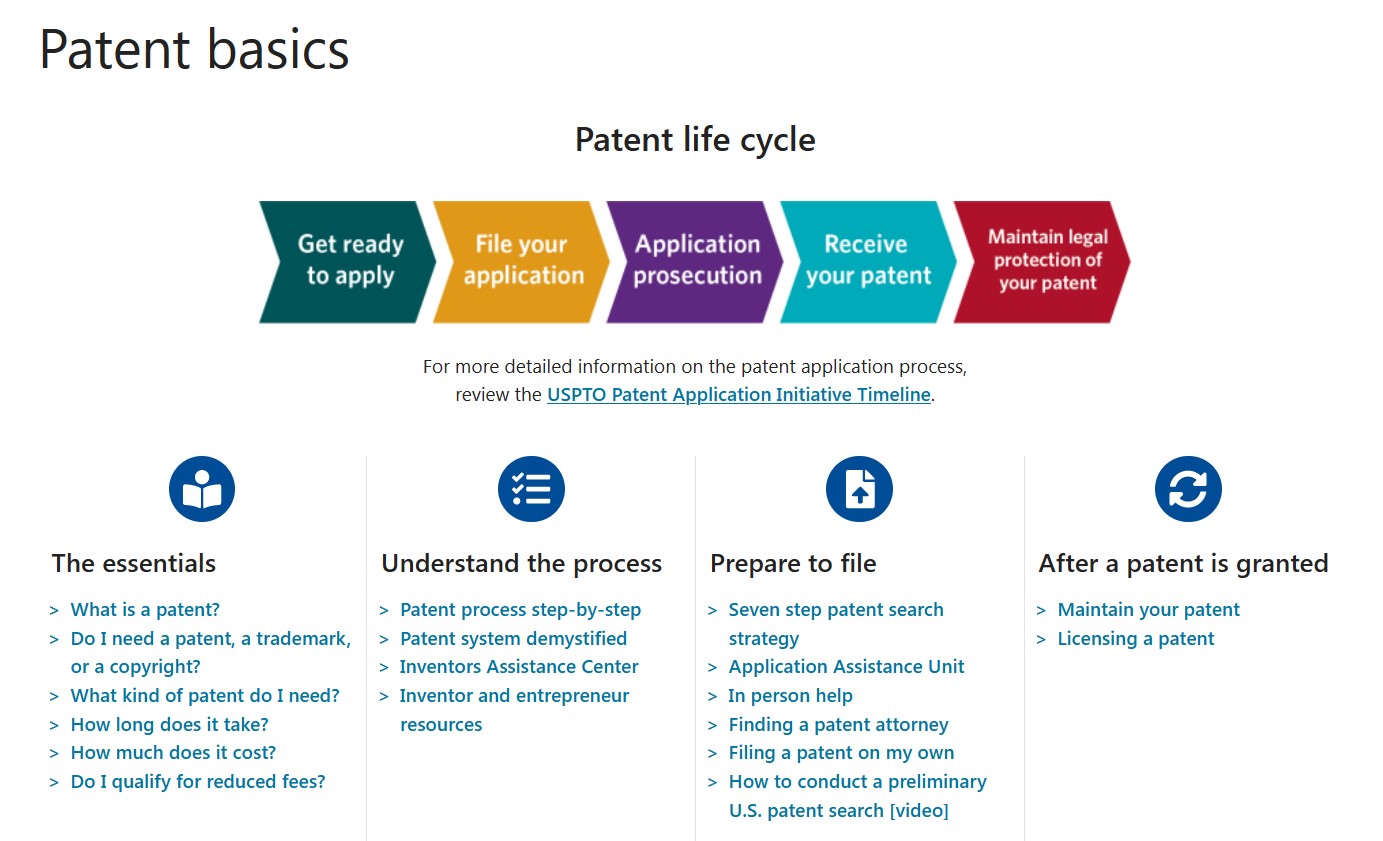Brand infringement has taken its place in the digital world. And while imitation is said to be the highest form of flattery, it remains detrimental to the success of a brand, too. Take luxury brands, for instance, often victims of counterfeits or replicas sold at cheaper prices. You may think this isn’t too bad as it won’t impact big brands. But on the other side of the spectrum are independent designers who are also constantly having their works plagiarized but couldn’t afford brand protection services due to a lack of resources to secure their assets.
Brand plagiarism hurts businesses—whether you’re an established company or an emerging startup. Aside from the potential financial loss, it can confuse your audience and impact your brand health. So, how do you prevent this from happening?
Read on as we tackle how you can secure your business through modern brand protection services and strategies.
Definition of Brand Protection
Brand protection is putting strategic safety measures in place to ensure your brand assets and other brand’s intellectual property are secure from outside entities. From registering trademark to announce your ownership of a logo design, an official brand name, or a product design to seeking the help of the legal department when patent theft occurs and other modern brand protection methods, it can take copious amount of time and steps to prevent brand abuse and while the process can be time-intensive, collaborating with a trusted brand strategy firm can streamline how these protections integrate into your broader branding efforts.
Your first step? Identifying the different types of brand abuse you may be prone to and learning how to counter them.
What Is Brand Abuse?
Brand abuse is an umbrella term that pertains to any illegal actions committed by third-party entities to exploit your business for profit or harm your business’ reputation. They come in many forms and can be tricky to monitor, especially when your brand is on multiple channels.
Here’s a rundown of the most committed brand abuse across different industries.
- Copyright Piracy
- Copycat Accounts or Social Media Accounts Impersonation
- Counterfeiting
- Spreading Malicious or Fake Information
- Cybersquatting
- Ad Hijacking
Copyright Piracy
Copyright piracy or brand infringement is when branded assets and intellectual property, like music, images, and logo, are duplicated and used without the original brand's consent. Offenders target popular brands because it is easier to gain the customers' trust.
But big brands take advantage of small businesses and freelancers, too. An example is fashion house DKNY's illegal use of Humans of New York creator Brandon Stanton's images as part of its campaign. DKNY failed to seek approval from Stanton after offering a meager amount. However, this didn’t stop them from using his photos anyway. A fan of Humans of New York sent Stanton a photo of DKNY's retail shop with his images as their window backdrop.
Consequently, the case of DKNY infringing Stanton’s intellectual property has gone viral with many people expressing disappointment with the brand. The fashion brand has since issued an official apology and donated to YMCA—a non-profit organization supported by Stanton---but DKNY's brand reputation is tarnished.

DKNY uses Humans of New York images without permission from photographer posted via Facebook
Copycat Accounts or Social Media Accounts Impersonation
A copycat account is when an entity creates a clone of your brand’s identity on social media and ecommerce channels. Photos, brand names, other brands trademarks, and public data are used by copycats to trick people into providing their personal information. They can also often go as far as impersonating employees to reach clients directly.
Because of how easy it is for anyone to create fake social media accounts online, it can be challenging for brand owners to track brand impersonation activities online, especially if they do not have a verified account—which is the case for pages with fewer followers. Moreover, platforms are slow in responding and mitigating the damage done by clone accounts.
Counterfeiting
Counterfeiting is the illicit replication of products like imitation fashion items—from bags and clothes to shoes and accessories—which many are fond of as they're a cheaper way to get boujie. Counterfeiters have also become so sophisticated in their methods, making it difficult to spot a fake product.
The practice has become so dangerous that people unknowingly purchase counterfeit medicine, cosmetics, and other personal care products. Despite such awareness, counterfeiting continues to proliferate across different industries worldwide. Data shows that the counterfeit industry is worth $509 billion or about 3% of the world’s global trade.
Without an effective brand protection strategy in place, over time, consumers are more likely to second-guess if it is worth buying original products from an authentic brand at a higher price if counterfeits look identical and have decent quality.
Spreading Malicious or Fake Information
Misinformation and disinformation have gained traction despite advanced technology where verifying facts is possible within minutes. A study shows that fake news often gets more retweets than facts and spread quicker on Twitter.
Why is this the case?
By design, malicious information or fake news catches attention with ridiculous headlines or images and evokes strong emotions, like doubt and anger. Think click baits that are impossible to ignore. They could also be quite entertaining or funny, and consumers would rather believe them to be true. It also doesn’t help that artificial intelligence and other advanced technology are being used. Bots and troll farms flood brand online forums and comment sections with malicious statements against other businesses, which affect the algorithms, too.
Cybersquatting
Cybersquatting is when another entity uses the official domain name of a brand, especially if it is unregistered. For example, searching the chocolate brand Hershey's online may lead you to a fake website with the URL www.thehersheycompany.org instead of the official website www.thehersheycompany.com. Other cybersquatters also beat the owners in registering their domain names and demanding payment at a higher price from the distressed brand if they want it back.
Often, the victims of cybersquatting end up paying the ransom. Research reveals over 5,000 cases of cybersquatting have been filed with the World Intellectual Property Organization (WIPO), and thousands more who are unaware of the remedies remain unfiled.
Ad Hijacking or Brand Poaching
Ad hijacking is when someone copies a branded ad down to a tee. They look identical to the original brand ad with a very minute difference in the URL. And when victims click the ad, they are led to a third-party site that can gain access to sensitive information like banking details. These are also committed by affiliates or associated brands that want to take advantage of your already established customer pipeline. The more clicks the affiliates gain, the higher commission they get from you.
6 Tips and Tools for an Effective Brand Protection Strategy
As we usher in Web3—the next evolution of the internet—the crimes committed against brands have doubled. Well, what’s next for you? Here are some effective brand protection strategies or remedies to prevent others from profiting from your hard work.
1. Work on a Unique Brand Image
Having a unique brand image not only attracts the right audience but also makes it stand out. That’s not to say that you should create complicated designs for your logo. You still need visual elements that are highly relatable, identifiable, and reflect the essence of your business.
But you can take small steps that create a huge impact on your branding. For instance, if you run a coffee shop, try not to stick with generic logo icons like a cup of coffee that looks identical to many other mom-and-pop cafes. Or choose a name that is easy to remember, rolls off the tongue, and is relevant to the brand experience you bring.
A unique brand image requires time, research, and multiple iterations to get right, but keep in mind that it pays off in the long run as it helps you avoid patent infringement.
2. Trademark Your Brand and Build an IP Portfolio
One effective way to deter potential brand abuse is by registering for a trademark. In addition to owning the rights to all your intellectual properties, it scares off potential poachers or copycats due to the legal liabilities they may face when caught. Finally, brands trademarks tell customers you mean serious business and can be trusted.
Over time, you will need to organize a collection of brand assets as your business grows or an IP (intellectual property) portfolio. Having an IP portfolio can aid in monitoring your IPs and setting up better brand protection strategies. Moreover, should you plan to sell your business in the future, a comprehensive intellectual property portfolio is a sure way to attract buyers and investors.
3. Screen Your Social Media and Ecommerce Platforms for Copycats

Take advantage of monitoring tools to track brand mentions online via Sprout Social
Social media monitoring and sifting through ecommerce platforms daily is a tedious process that requires commitment. However, it is a necessary evil if you want to protect your brand reputation.
To make your process easier, leverage monitoring tools like Social Mention and Sprout Social to track posts containing similar content and hashtags to your brand. Once copycats are identified, be proactive and report their accounts, inform your customers so they may not fall victim, and confront the account owner.
4. Track Your Ads Performance for Hijacking
While you can never be too careful from abusive affiliates and associated brands, there are several analytics tools that you can use to track if your ads are hijacked. For instance, you can monitor the performance of your keywords or affiliate links over time. Any suspicious changes, like an increase in an affiliate’s links that previously performed poorly, should warrant further investigation.
Opportunistic affiliates will also exploit URLs and go as far as creating near-identical links to confuse consumers and increase their traffic. Thus, it pays to check every affiliate link to avoid ad hijacking, too.
5. Consider Hiring a Legal Team

Learn how to register your patent via US Patent and Trademark Office
Whether you have an internal legal team or prefer to hire outside law firms, having a group of professionals involved in providing patent protection and informing you of your intellectual property rights can save you the headache of dealing with the legal aspects of brand abuse. In addition to ensuring that your brand complies with the law, these brand protection providers can also help create an iron-clad strategy that will scare offenders from trying.
It is wise to secure connections with and secure legal protection from law enforcement agencies, like the US Patent and Trademark Office and the FBI’s Internet Crime Complaint Center, and maximize their legal efficiency.
6. Integrate Sophisticated Brand Protection Technology
It’s impossible to have your employees monitor your brand’s safety 24/7, especially if you are present on multiple social media platforms and online marketplaces. Enter, brand protection technology.
Think of your brand protection technology as a set of blockchain-based tools with advanced features, like image recognition and optical character recognition, that adds as an impenetrable barrier against counterfeiters. These tools can monitor and identify suspicious keywords used by brand poachers and aid in developing better keywords for your brand that are less likely to be copied.
There are many instances of buyers victimized by online sellers posing as official distributors of an authentic brand. Hence, curtail their efforts in trademark infringement by leveraging brand protection technology with image recognition capabilities to filter online posts that may look similar to your patented designs. While brand protection software like Red Points, PhishLabs, and TrackStreet are great, remember that they are just secondary tools that fortify the efforts of your branding team in protecting your business.
Why Impactful Brand Protection Strategy Is Needed
Having impactful brand protection deters crimes against existing authentic brand and is crucial in establishing a solid brand recognition and brand value. It serves as an extra layer of your brand structure that can withstand damage from outside elements. Needless to say, a brand protection strategy is one of the fundamental must-haves of a business to ensure brand success.
However, creating a brand protection strategy is not a one-and-done process. As the competition and markets evolve, you will encounter changes among your consumers, new trademark infringement methods, and you constantly need to learn and use new tools.
So, here are the key factors to consider when creating a brand protective strategy.
Your Choice of Branding Channels
One may think that being popular across all channels is great! And it is. You can reach a wider audience due to high brand visibility and grow your business. However, every channel has its brand abuses requiring separate brand protection strategies.
If you have all the resources necessary to develop and juggle multiple strategies, then well and good. But it can be a daunting task to manage, especially for small businesses that want to increase their brand value. Brand abuses online and offline are different from each other, too. Our advice is to be discerning when selecting channels to cultivate your brand presence. You can do this by prioritizing your channels according to your target audience, demand, and goals. In short, identify where you can reap the maximum return on investment.
Your Target Audience
Your first line of defense against brand abuse is a well-informed audience not easily swayed by false information. So, keep your audience updated on any brand changes or product development as much as possible. You can also direct them to counterfeit listings to cross check their purchased items.
For instance, if you own a leather shop that custom makes shoes, you can create shareable infographics or other visual content on how customers can spot fake leather products. What type of stitching should they look for? Are there serial codes on your products that they can verify online? Who are your authorized distribution partners?
You can also inform them of the latest changes in your brand identity — logo update, color palette change, or rebranding—to avoid confusion. Lastly, be proactive and vocal in fact-checking misinformation and disinformation about your products and brand. Doing so sends a message to potential brand abusers that you do not tolerate attacks on your brand, and there will be legal consequences.
Your Competitors
Market research is your best friend when crafting your brand protection strategy. From keeping up to date with the latest industry trends and activities of your competitors to knowing what your customers need and want, you can be miles ahead in becoming among the product innovators that are difficult to imitate.
Keep Your Brand Healthy and Safe
As the saying goes, ‘Prevention is better than cure.’ And having a well-designed brand protection strategy can serve as your insurance for preserving the health of your business. Aside from scaring away potential brand abusers and avoiding intellectual property infringement, it gives an impression to your customers that you are someone they can trust to deliver quality products and services.
It also makes your business attractive to future investors, as having an effective brand protection strategy means you know what you are doing.
So whether you are an artist, a small business, or an already established business, make sure that you have a game plan for securing your brand against patent theft, cybersquatting, ad hijacking, etc. Or better yet, seek professional advice and brand protection services from our digital branding team to ease your worries.
Apr 20, 2023
